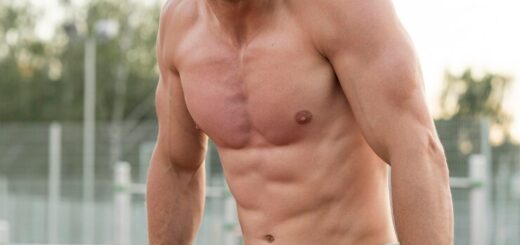Defining Leg Press Foot Placement

- Applications of Leg Press Foot Placement
- Benefits of Proper Foot Placement
- Challenges of Leg Press Foot Placement
- Tips for Incorporating Leg Press Foot Placement into Your Workout
- Conclusion
Defining Leg Press Foot Placement
Leg Press Foot Placement: The Key to Maximizing Your Leg Workout
When it comes to strength training, the leg press is a popular exercise for building and toning leg muscles. However, many people underestimate the importance of proper foot placement when performing this exercise. By simply adjusting where you place your feet on the leg press machine, you can significantly enhance your workout and achieve better results. In this article, we will delve into the world of leg press foot placement and explore its definitions, applications, benefits, challenges, and provide practical tips for incorporating it into your leg training routine.
Defining Leg Press Foot Placement
Leg press foot placement refers to the positioning of your feet on the platform of a leg press machine. This can vary depending on the type of machine you are using, but typically involves placing your feet shoulder-width apart with your toes pointing slightly outwards. There are also variations such as narrow stance (feet close together), wide stance (feet wider than shoulder-width apart), and high foot placement (heels on top of the platform).
Applications of Leg Press Foot Placement
Proper foot placement on the leg press machine is essential for targeting specific muscles in your legs. The most common way to perform this exercise is with a 45-degree angled leg press machine, which primarily targets the quadriceps muscles in the front of your thighs. However, by adjusting your foot placement, you can also engage other muscle groups such as glutes and hamstrings.
Benefits of Proper Foot Placement
1. Targeted Muscle Engagement: As mentioned earlier, different foot placements can target different muscle groups in your legs. This allows you to focus on specific areas that you want to strengthen or develop.
2. Increased Range of Motion: Properly placing your feet on the platform can help increase the range of motion during each repetition. This means that you will be able to work your muscles through a fuller range of motion, leading to better muscle development.
3. Injury Prevention: By placing your feet in the correct position, you can help prevent injuries such as knee pain and strain on your lower back. This is because proper foot placement helps distribute the weight evenly throughout your legs, reducing the strain on any one particular area.
Challenges of Leg Press Foot Placement
One of the main challenges when it comes to leg press foot placement is finding the right position for your body type. Everyone’s body is different, and what works for one person may not work for another. It may take some experimentation to find the most comfortable and effective foot placement for you.
Tips for Incorporating Leg Press Foot Placement into Your Workout
1. Start with a Standard Foot Placement: If you are new to leg pressing, it is best to start with a standard foot placement – shoulder-width apart with toes slightly turned outwards. This will allow you to get comfortable with the movement and build a strong foundation.
2. Adjust Foot Placement Based on Muscle Focus: As you become more experienced, experiment with different foot placements to target specific muscles in your legs. For example, a narrow stance will focus more on your quadriceps, while a wide stance will engage your glutes and hamstrings.
3. Use Proper Form: No matter what foot placement you choose, always make sure to maintain proper form during the exercise. Keep your back flat against the seat and push through your heels rather than your toes.
Conclusion
Leg press foot placement may seem like a small detail in your leg workout routine, but it can make a significant difference in achieving optimal results. By understanding its definitions, applications, benefits, and challenges, you can effectively incorporate it into your strength training regimen. Remember to listen to your body and adjust foot placement accordingly for maximum muscle engagement and injury prevention. So next time you hit the leg press machine at the gym, pay attention to where you place your feet – it could be the key to unlocking your leg training potential.



